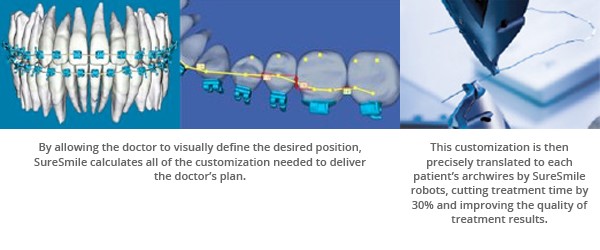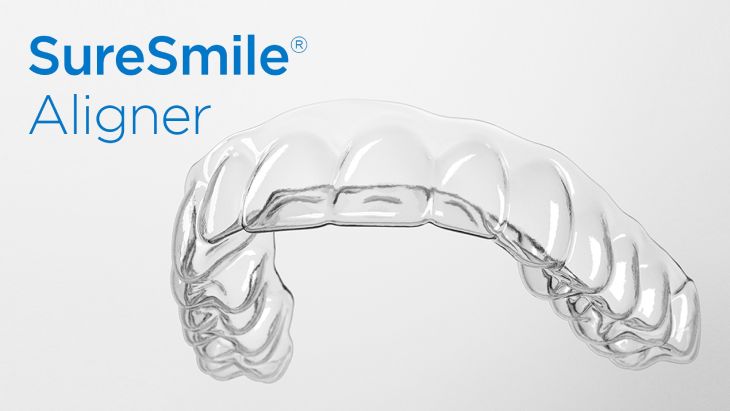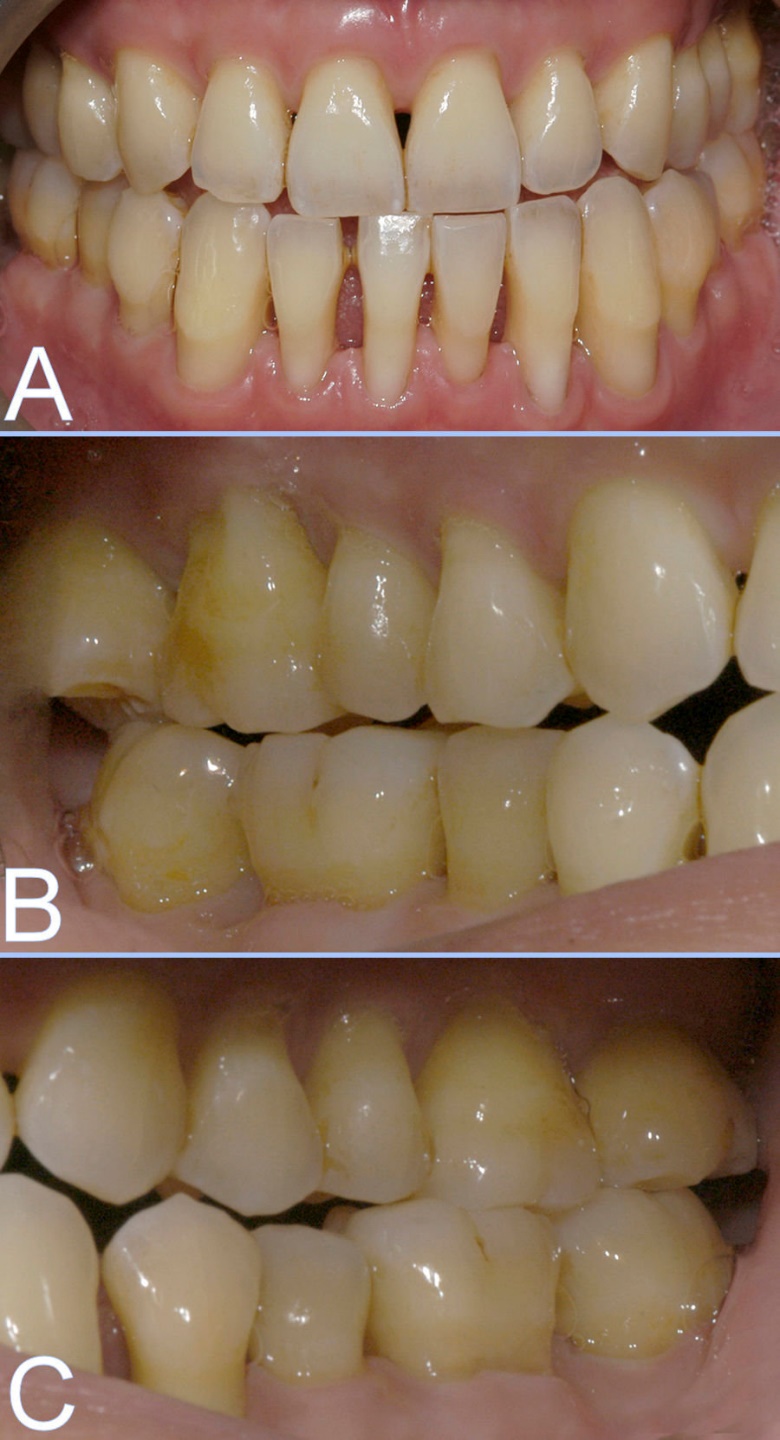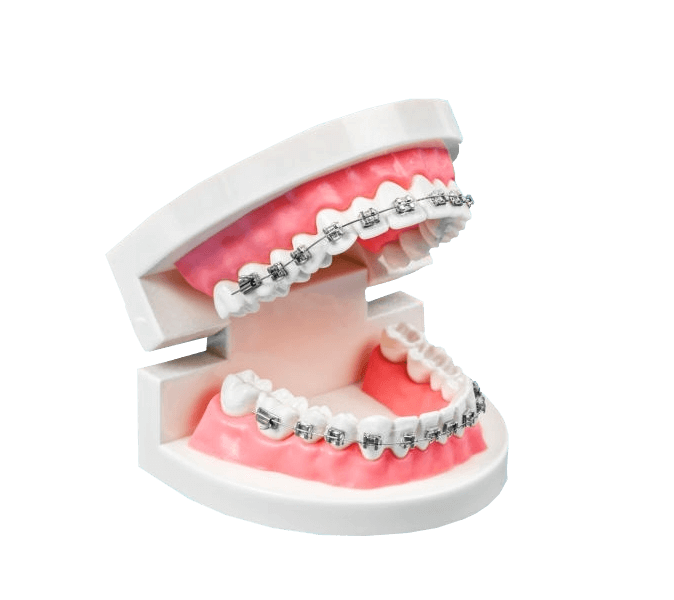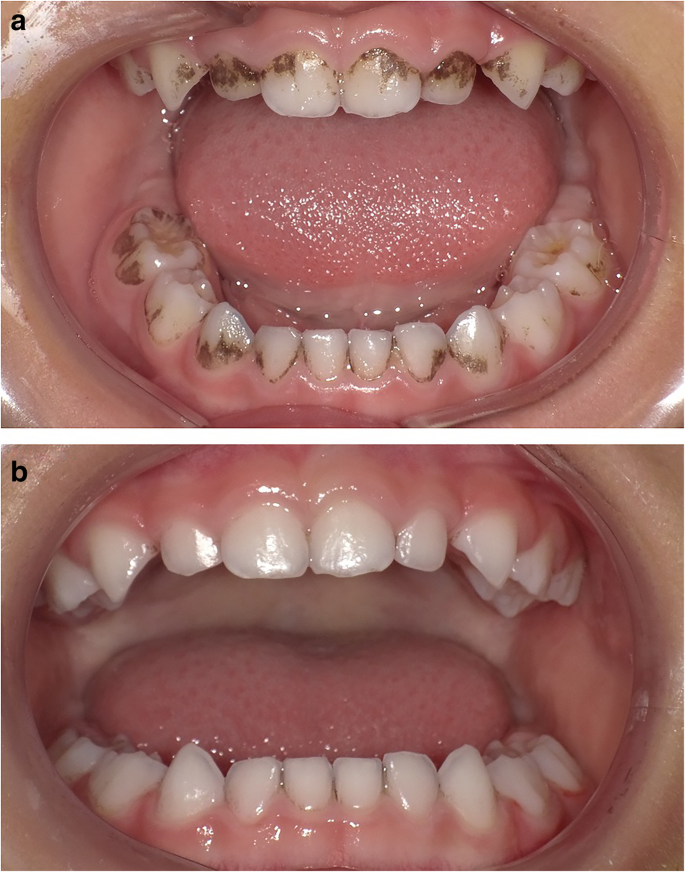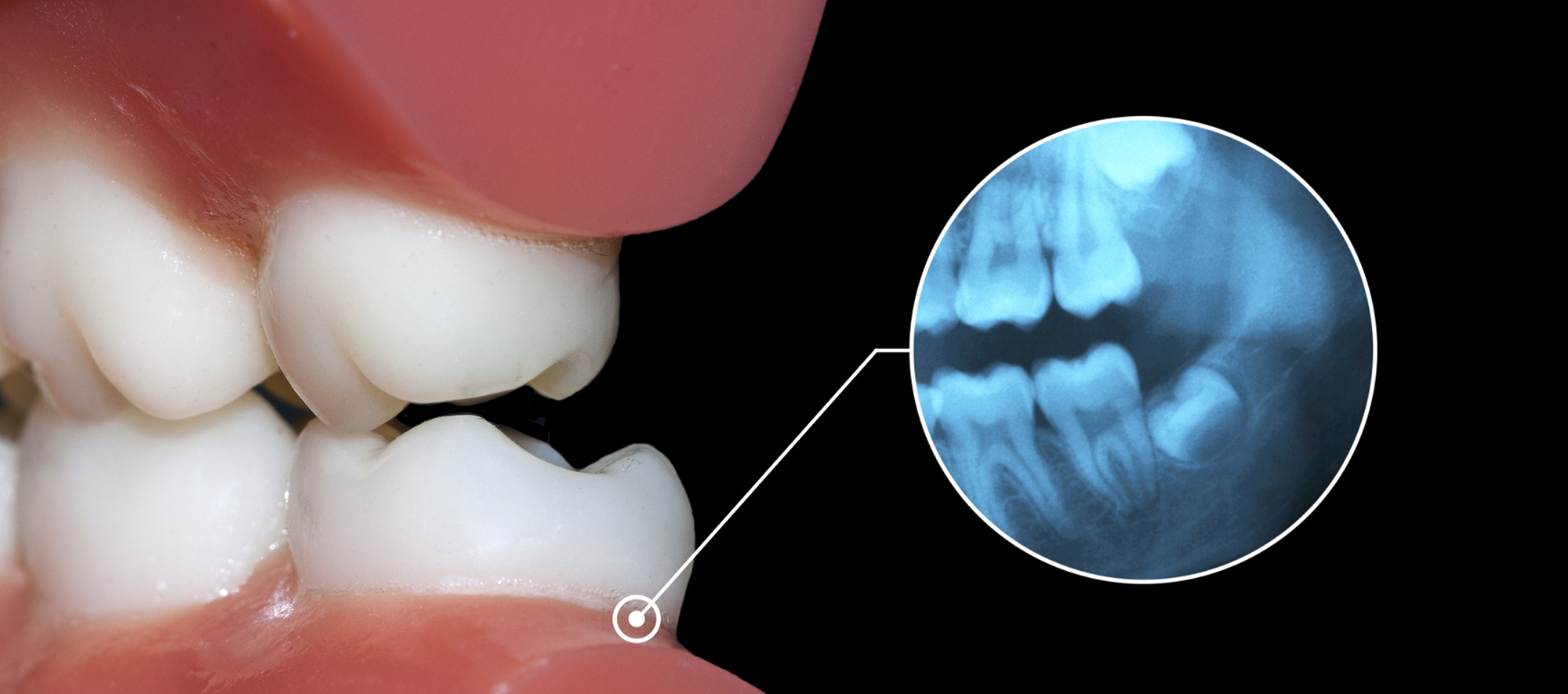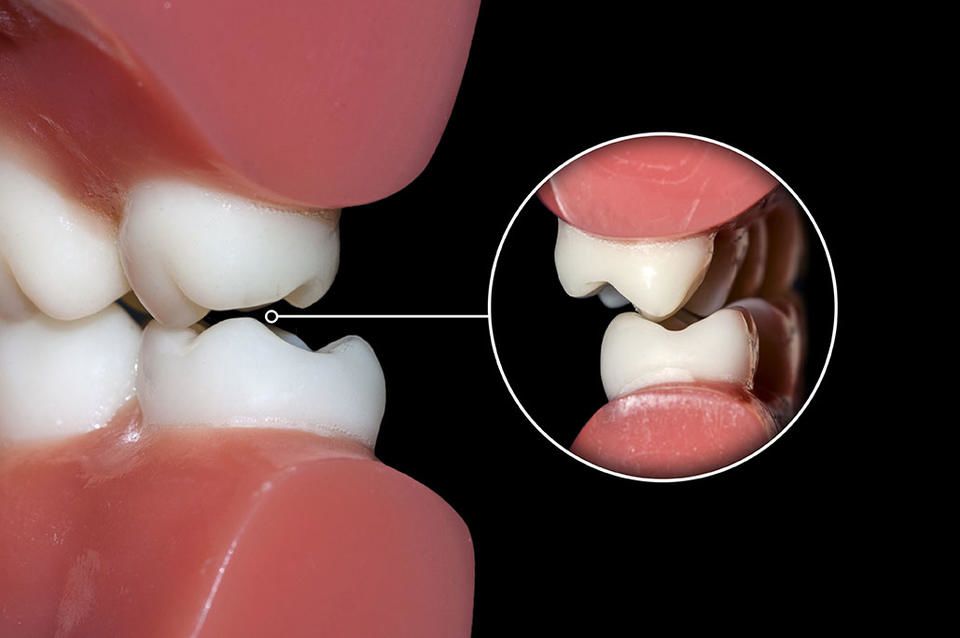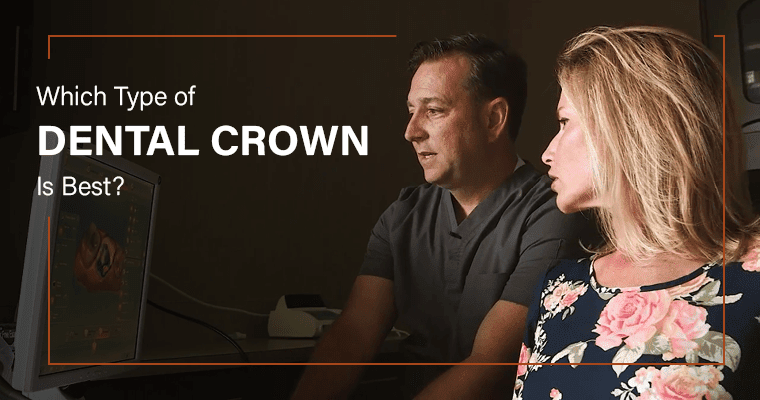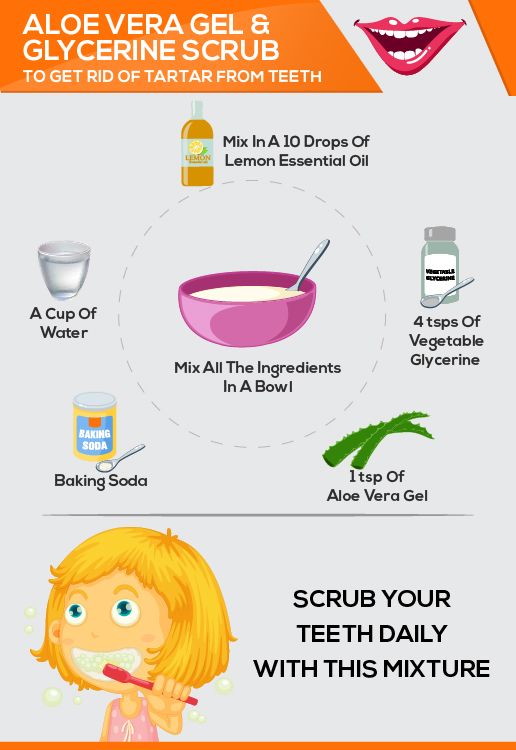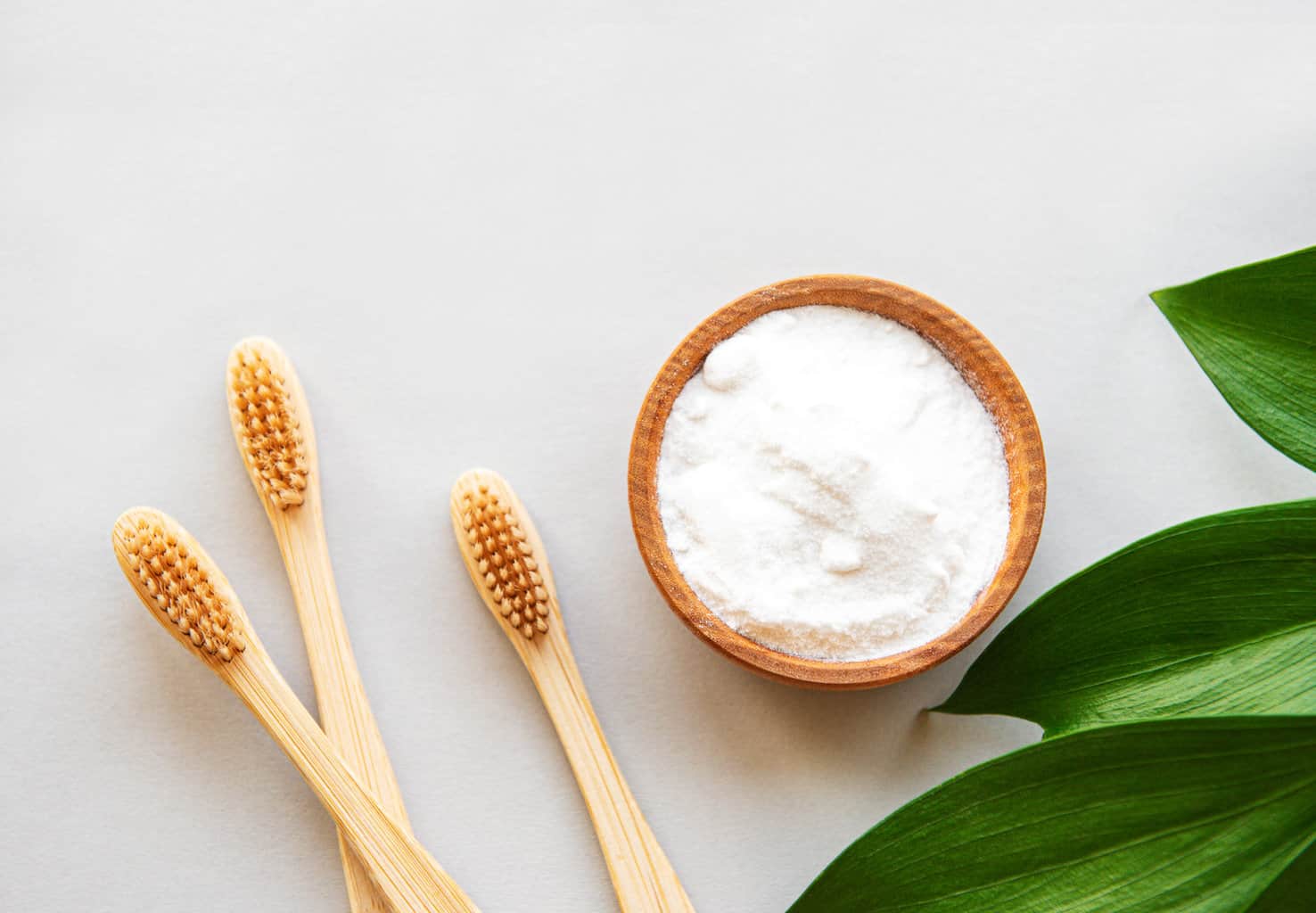Occlusal Adjustment vs. Orthodontics: Which Is Right for You?
Introduction
Are you experiencing discomfort or dissatisfaction with your bite? Do you find it difficult to chew or speak properly? If so, you may be considering options to improve your occlusion, or the way your upper and lower teeth fit together. Two common approaches to address occlusal issues are occlusal adjustment and orthodontics. In this blog post, we will explore the differences between these two treatments and help you determine which one may be the right choice for you.
Understanding Occlusal Adjustment
Occlusal adjustment, also known as bite adjustment, is a dental procedure that aims to correct the alignment of your bite. It involves reshaping the biting surfaces of your teeth to improve how they come together when you close your mouth. This procedure is often recommended for individuals who have an uneven bite or experience discomfort due to misalignment.
When is Occlusal Adjustment Recommended?
Occlusal adjustment may be recommended if you experience any of the following:
- Teeth grinding or clenching
- Jaw pain or discomfort
- Headaches or migraines
- Worn or chipped teeth
- Difficulty chewing or speaking
The Process of Occlusal Adjustment
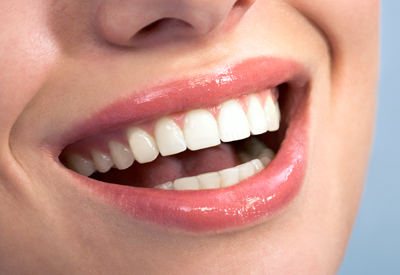
During an occlusal adjustment procedure, your dentist will carefully analyze your bite and identify areas that require adjustment. Using specialized dental instruments, they will gently reshape the surfaces of your teeth to create a more harmonious bite. This process may involve removing small amounts of enamel or adjusting the height of certain teeth.
Exploring Orthodontics
Orthodontics, on the other hand, focuses on the alignment of your teeth and jaws. It involves the use of braces, aligners, or other orthodontic appliances to gradually move your teeth into their proper positions. Orthodontic treatment is commonly recommended for individuals with crooked teeth, overcrowding, or bite issues.
When is Orthodontic Treatment Recommended?
Orthodontic treatment may be recommended if you have:
- Crooked or misaligned teeth
- Overcrowding
- Underbite or overbite
- Crossbite
- Gaps between teeth
The Process of Orthodontic Treatment
Orthodontic treatment typically begins with a comprehensive examination and the creation of a personalized treatment plan. This plan may involve the use of braces, clear aligners.
Summary
When it comes to correcting occlusal problems, there are two main options to consider: occlusal adjustment and orthodontics. Occlusal adjustment involves reshaping the biting surfaces of the teeth to improve the way they fit together. This procedure is typically recommended for minor occlusal issues and can provide immediate relief. On the other hand, orthodontics focuses on aligning the teeth and jaws using braces, aligners, or other appliances. This treatment is more comprehensive and is suitable for addressing moderate to s this hyperlink evere occlusal problems. By consulting with a dental professional, you can determine which option is best suited to your specific needs and goals.
- Q: What is occlusal adjustment?
- A: Occlusal adjustment is a dental procedure that involves reshaping the biting surfaces of the teeth to improve the way the upper and lower teeth fit together.
- Q: What is orthodontics?
- A: Orthodontics is a branch of dentistry that focuses on correcting irregularities of the teeth and jaw, often using braces or other appliances to straighten teeth and improve bite alignment.
- Q: How do I know which option is right for me?
- A: The best way to determine which option is right for you is to consult with a dentist or orthodontist. They will evaluate your specific dental condition and recommend the most appropriate treatment plan.
- Q: What are the benefits of occlusal adjustment?
- A: Occlusal adjustment can help alleviate symptoms of teeth grinding, jaw pain, and headaches caused by an improper bite. It can also improve overall dental health and prevent further damage to the teeth and supporting structures.
- Q: What are the benefits of orthodontics?
- A: Orthodontic treatment can correct crooked or misaligned teeth, improve bite function, enhance facial aesthetics, and make it easier to maintain good oral hygiene. It can also help prevent future dental problems.
- Q: Are there any risks or side effects associated with these treatments?
- A: Occlusal adjustment is a minimally invasive procedure and generally considered safe. However, in rare cases, it may result in temporary tooth sensitivity or changes in the bite. Orthodontic treatment may cause temporary discomfort, difficulty speaking or eating, and minor irritation in the mouth due to braces or aligners.
- Q: How long does each treatment typically take?
- A: The duration of occlusal adjustment depends on the extent of the adjustments needed, but it is usually completed in a single dental visit. Orthodontic treatment duration varies depending on the complexity of the case, but it can range from several months to a few years.
- Q: Will insurance cover these treatments?
- A: Insurance coverage for occlus

Welcome to my website! My name is Ryan Sullivan, and I am a dedicated and experienced dental assistant. With a passion for oral health and a commitment to providing exceptional patient care, I am thrilled to share my knowledge and expertise with you.

